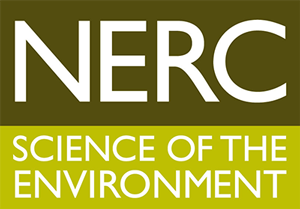Where do minerals come from?
Minerals can be found throughout the world in the earth's crust but usually in such small amounts that they not worth extracting. Only with the help of certain geological processes are minerals concentrated into economically viable deposits. Mineral deposits can only be extracted where they are found. Mineral deposits come in many shapes and sizes depending on where and how the mineral was concentrated. Minerals are concentrated by igneous, sedimentary and metamorphic processes.
Mineral exploration is undertaken in order to find mineral deposits that are suitable for commercial exploitation. A variety of methods may be used, including remote sensing (aerial photography and satellite images) and geochemical surveys (looking for chemicals in soil and water which indicate certain minerals are present).
Once a mineral deposit has been found it has to be extracted from the ground to access the valuable minerals it contains. This can be done by opencast quarrying or underground mining. Certain minerals can also be extracted by pumping. This is the case with some salt extraction, where the salt is dissolved in water and pumped from underground, and almost all oil and gas.
After minerals have been extracted from the ground they are converted to a form that is useful to us. This usually involves removing any unwanted impurities and further processing to increase the concentration of the economic mineral. Metallic minerals may be smelted or refined to produce metal close to the mine, or the concentrate may be transported to another site for further processing. Oil and gas are also further refined before use. Finally, the mineral is transported to the consumer by rail, road, sea and pipelines.
The way minerals are transported depends on their value and bulk. It is not economic to transport heavy low-cost minerals like construction aggregates over long distances, whereas expensive minerals, like metals or oil, can be transported internationally.




Follow us

